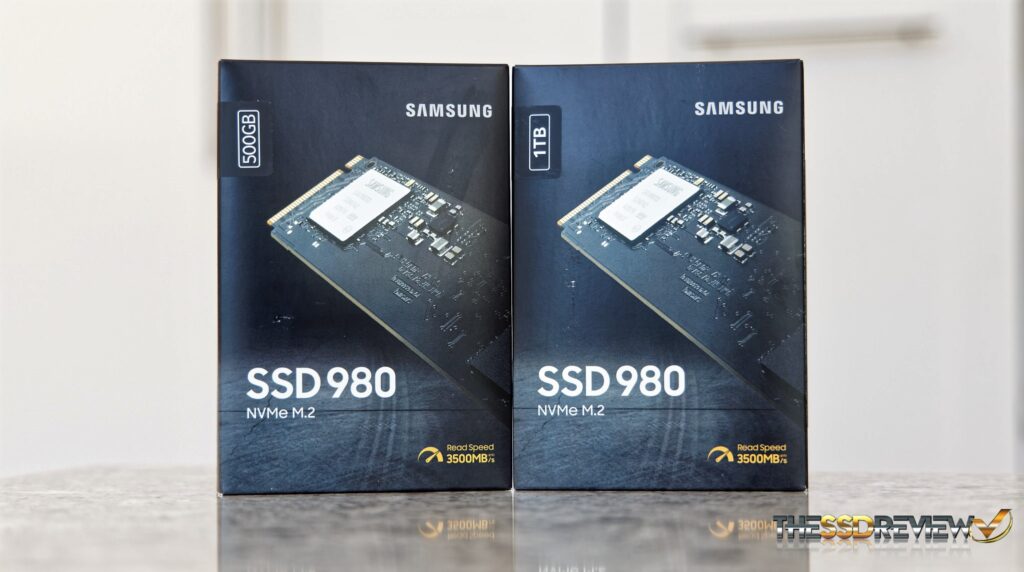Recommend a DRAM-less SSD on any website forum or product purchase site and you have just committed storage suicide. There is a ‘cancel-culture’ that will hunt you down and ensure that you never post without their jumping in ever again. People who have never had a DRAM-less SSD in their hand will hound you endlessly because, well, Linus said not to EVER touch a DRAM-less SSD. Been there…done that. In fact, the only remote comparable we have experienced in 13 years reviewing SSDs is the avalanche that followed when we suggested SSD users shut down their Windows Page File as it was beneficial to the SSD. We were wrong. Well…at least endless people on countless forums told us we were wrong until a SSD manufacturer published same in their SSD optimization recommendations one day. A similar event ensued parallel to this when we also suggested that users shut down System Restore…again backed up by the best in the business. It all started right here.
We have recommended DRAM-less SSDs prior to this report and we can still find lengthy posts that tell us that we haven’t a clue as to what we are talking about. But don’t I? Unlike hard drives, the art of SSDs is understanding what you are going to do with that SSD. What is your usage scenario? We wouldn’t buy a SATA3 notebook SSD to manipulate 8K video, just as we wouldn’t tell you to waste your money on a high end SSD if you have no need for the performance that pushes you over that bump in disk access times. Understanding disk access is key. An SSD is roughly 100 times faster than a hard drive in disk access because information stored and retrieved on a hard drive is like crossing a single lane bridge, whereas SSDs closely resemble travel on a large multi-lane highway. It is why ‘we see‘ such a massive performance jump between the SSD and the hard drive. It is also why it is impossible to see the difference between the best and worst SSD out there during typical PC activities.
Today we are testing the newest Samsung 980 NVMe M.2 DRAM-less SSD. Before today, we wouldn’t hesitate to recommend a DRAM-less SSD to those consumers that do nothing more than everyday typical PC activities; things such as surfing the net, writing letters, sending e-mails and even listening to music, watching Netflix and whatnot. Before today, we would have been again hit hard for that recommendation. We wonder how things are going to look once the Samsung 980 hits the streets. Just like we saw with Page File and System Restore recommendations so long ago, we think that thing called change is about to occur yet again… The Samsung 980 DRAM-less NVMe Gen 3 SSD.
The Samsung 980 is a PCIe 3.0 (Gen 3) M.2 SSD that utilizes the latest NVM Express 1.4 protocol. This is rather important as this is a DRAM-less SSD and the Host Memory Buffer (HMB) with DMA (Direct Memory Access) only became possible with NVMe ver. 1.2.
In layman’s terms, the DRAM buffer chip most are used to finding on their SSD is replaced through 64MB of your systems DRAM reserved at the CPU, where it stores those all important mapping tables…or the index if you think of the SSD in terms of a book. Take a look at this Samsung 980 Pro from our most recent Report on that drive, compared to the 980 below it. One has a DRAM cache chip and one doesn’t
Three capacities have been identified as 250GB, 500GB and 1TB with performance being variable by capacity and listed at 2900MB/s read and 1300MB/s write for the 250GB, 3100MB/s read and 2600MB/s write for the 500GB, and 3500MB/s read and 3000MB/s write for the 1TB version. We are testing the 500GB and 1TB capacities today but, perhaps most surprising is that the 980 has IOPS highs of 500K read and 430K write with the 1TB version. Make no mistake; this is a first for DRAM-less SSDs.
The Samsung 980 contains an in-house modified PCIe 3 NVMe ‘PABLO’ controller along with a single 1TB chip of their latest 6th generation 3-Bit 3D TLC NAND flash memory. Two very important considerations that come to mind right about now. This DRAM-less SSD is using TLC memory when so many others are moving to QLC with their main stream SSDs, and of course that the memory in use for this SSD is exactly the same as Samsung’s top of the line 980 Pro Gen 4 SSD.
In addition, because this is a DRAM-less SSD, it can achieve better power efficiency than most and still comes with a 5-year limited warranty that ties into a TBW rating (Terabytes Written) of 150TBW for the 250GB, 300TBW for the 500GB and 600TBW for the 1TB version. This SSD also has end-to-end AES 256-bit encryption and meets TCG/Opal 2.0 and Encrypted Drive (IEEE1667) specifications. Full specifications can be found here.
Additional features of the Samsung 980 include an all new TurboWrite 2.0 which significantly enhances sustained writes of large data, as well as Dynamic Thermal Guard. Dynamic Thermal Guard ensures the 980 stays cool throughout its use by way of a heat spreader label, as seen in this picture above, as well as nickel coating on the controller which provides for superior heat dissipation.
MSRP pricing also comes in at a surprisingly low point considering all the the 980 has going for it at $49.99 (250GB), $69.99 (500GB) and $129.99 (1TB). Check Amazon for Samsung 980 NVMe SSD Pricing.
 The SSD Review The Worlds Dedicated SSD Education and Review Resource |
The SSD Review The Worlds Dedicated SSD Education and Review Resource | 

